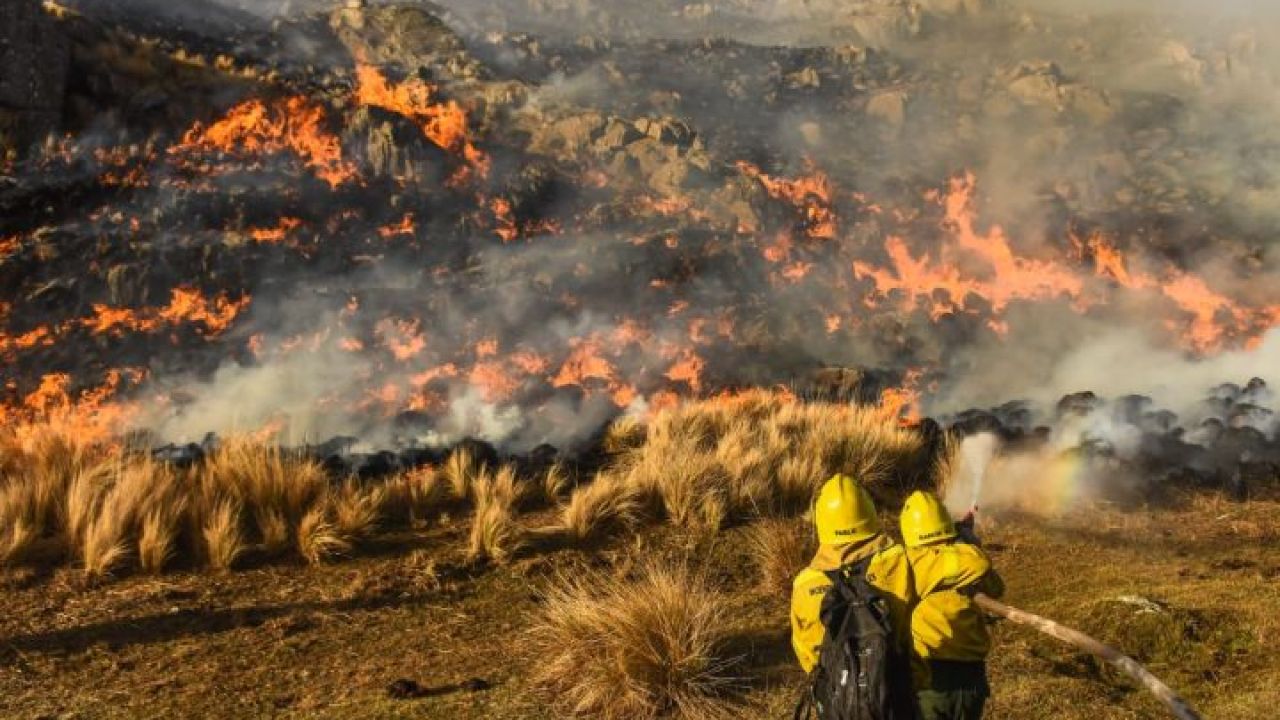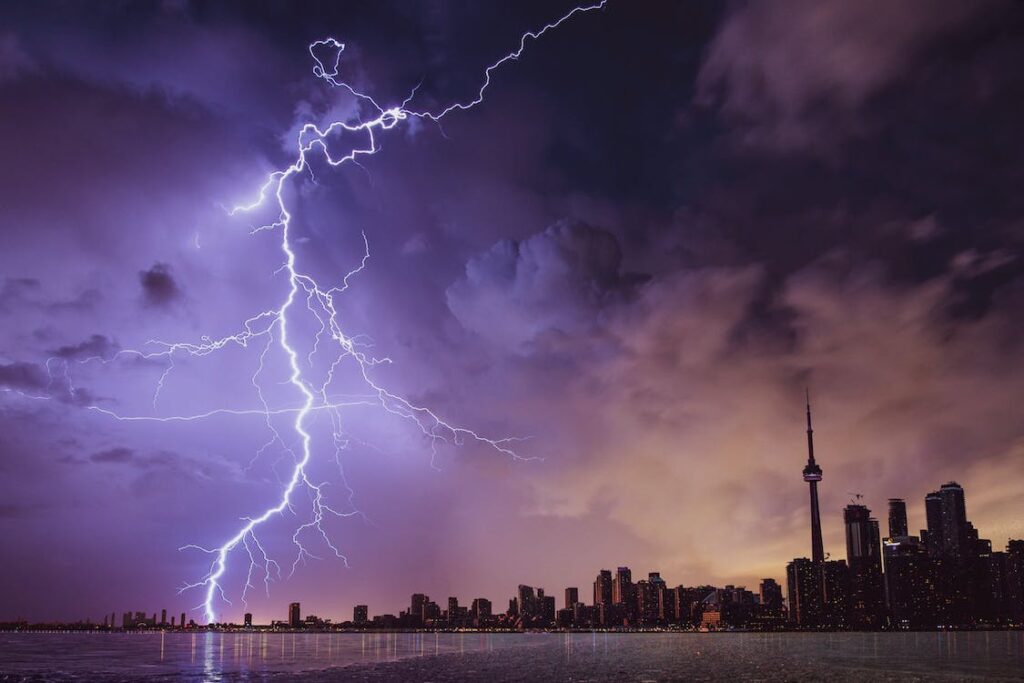South America is getting warmer and drier. This also implies a greater propensity for forest fires. In 2024, the region set several negative records in this regard.
A recent study led by the University of Santiago de Chile demonstrates these statistics and warns about this worrying “new trend”.
South America getting warmer: record numbers
In Bolivia, the flames ravaged proportions of the country never seen before; in Venezuela and Brazil, there were more extended droughts than usual. In addition to this, there were forest fires in Chile, which caused deaths and devastation.
 Forest fires.
Forest fires.
That same year, more than 79 million hectares (790,000 km²) were burned in the region, the greatest damage in at least a decade. This left hundreds dead and thousands of affected homes.
This reflects a change in the planet’s conditions. The University of Chile’s study analyzed data from the last five decades, identifying an accelerated rise in the combination of more hot, drier days with a higher risk of forest fires.
The research focused on three areas particularly affected by heat and the decrease in rainfall: the regions in the north of the Amazon in Brazil, Maracaibo in Venezuela, and the northeast of the Gran Chaco, the largest dry tropical forest area in the world, covering parts of Argentina, Bolivia, Brazil, and Paraguay.
The study considers days “hot” when the maximum temperature exceeds certain levels, which vary depending on the geographical location and time of year. The same applies to rainfall, to talk about “droughts”.
Less rain and more fires
From 1971 to 2000, these high-risk conditions were present fewer than 40 days a year, in general terms. Whereas in the last decade, up to 120 days per year were recorded in the northern Amazon region and Maracaibo.
“Unfortunately, we see that the situation continues to worsen, and the rate at which it is worsening is exponential, which is even more concerning,” expressed Raúl Cordero, a climate scientist and researcher at the university to BBC World.
 More extreme rains.
More extreme rains.
Moreover, although the region, in general, has become drier and hotter, there are places where more intense rainfall was recorded.
This phenomenon is due to the fact that, during the rainy season, the increase in temperature causes the air to become more humid, leading to heavier rainfall, increasing the risk of floods.
In this sense, at a worldwide level, 2024 was the warmest year on record.
NASA scientists estimated that for more than half of the year, average temperatures exceeded by 1.5 °C the levels of the last half of the 19th century (1850-1900).

